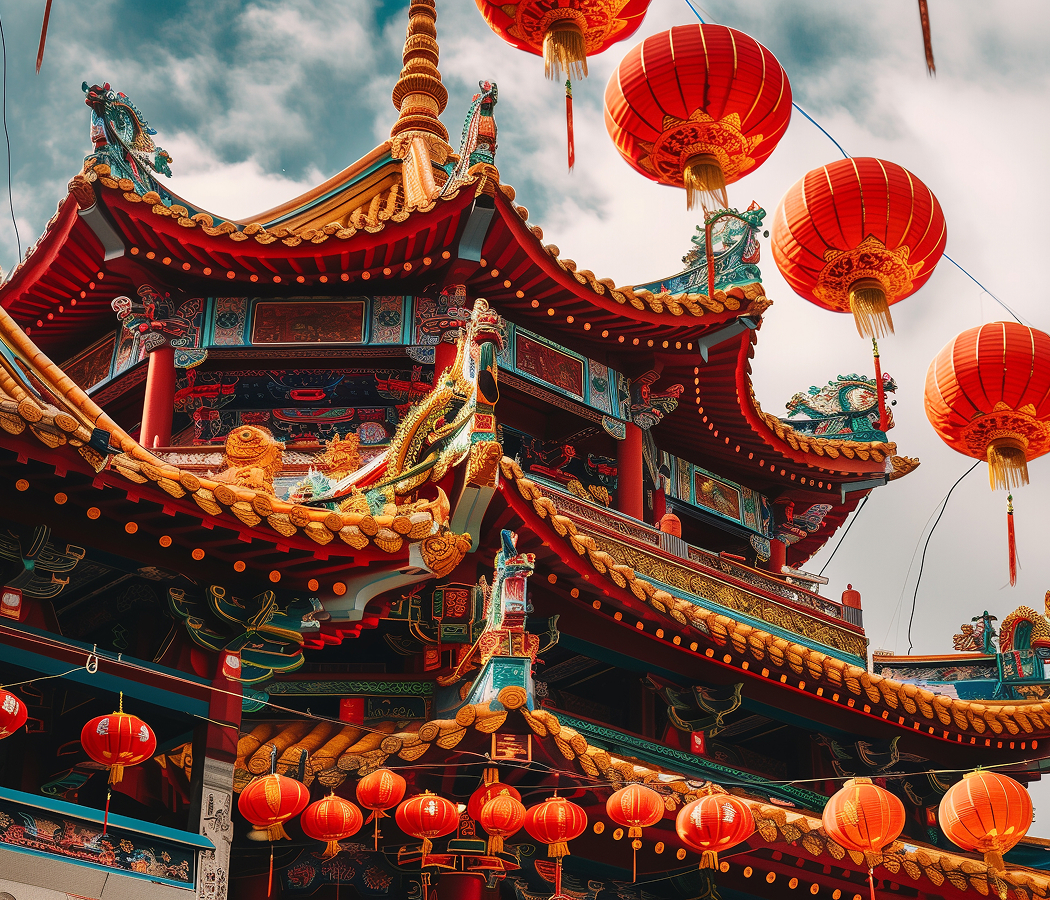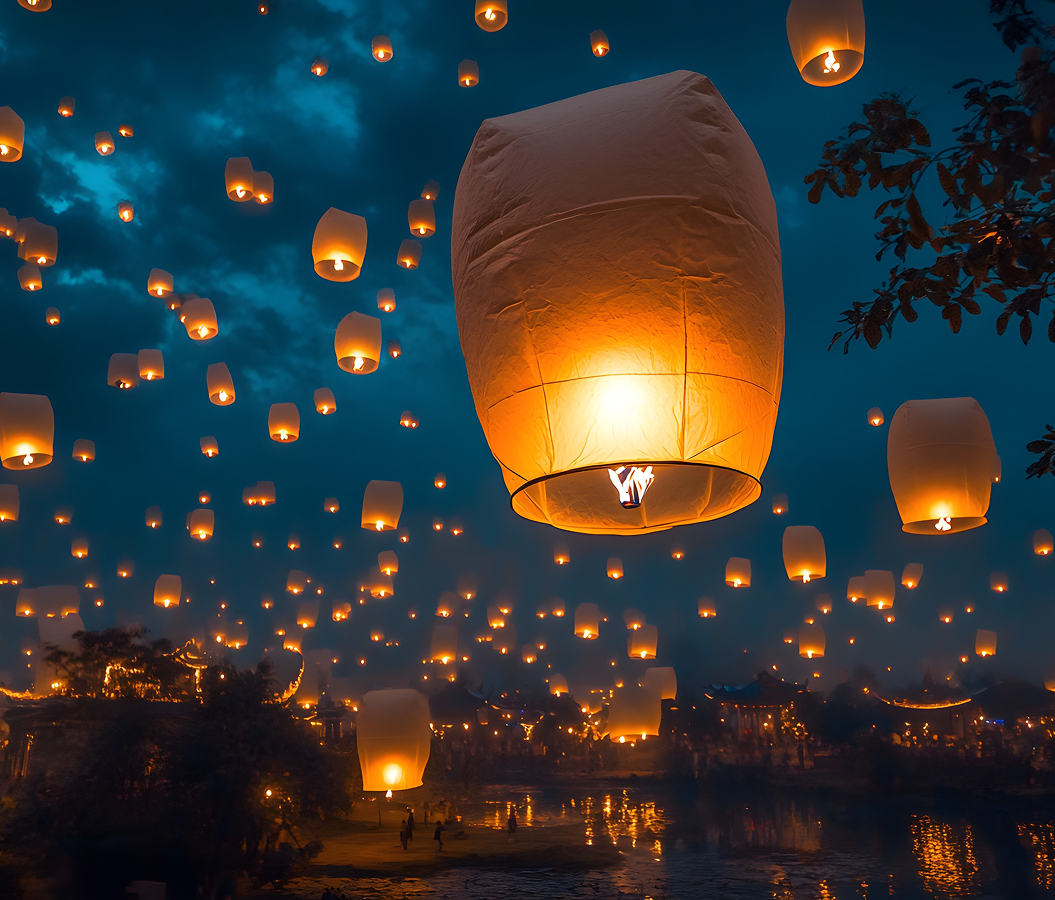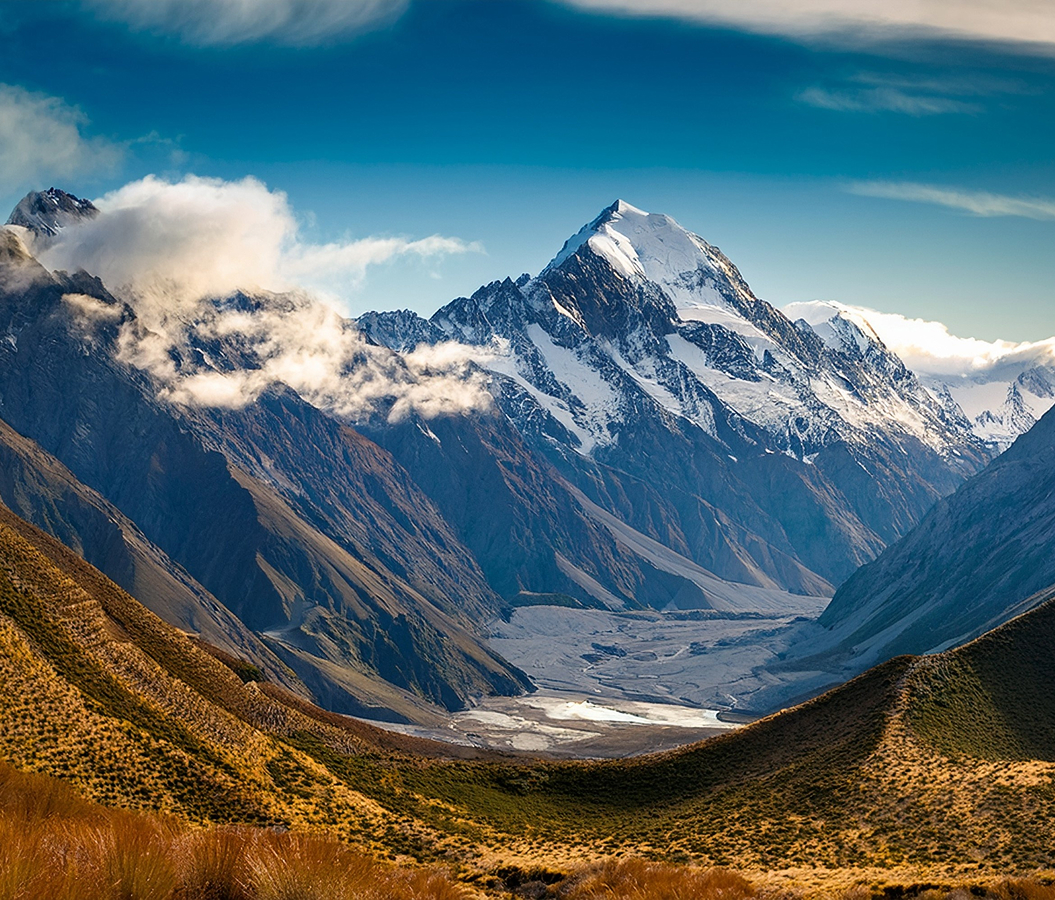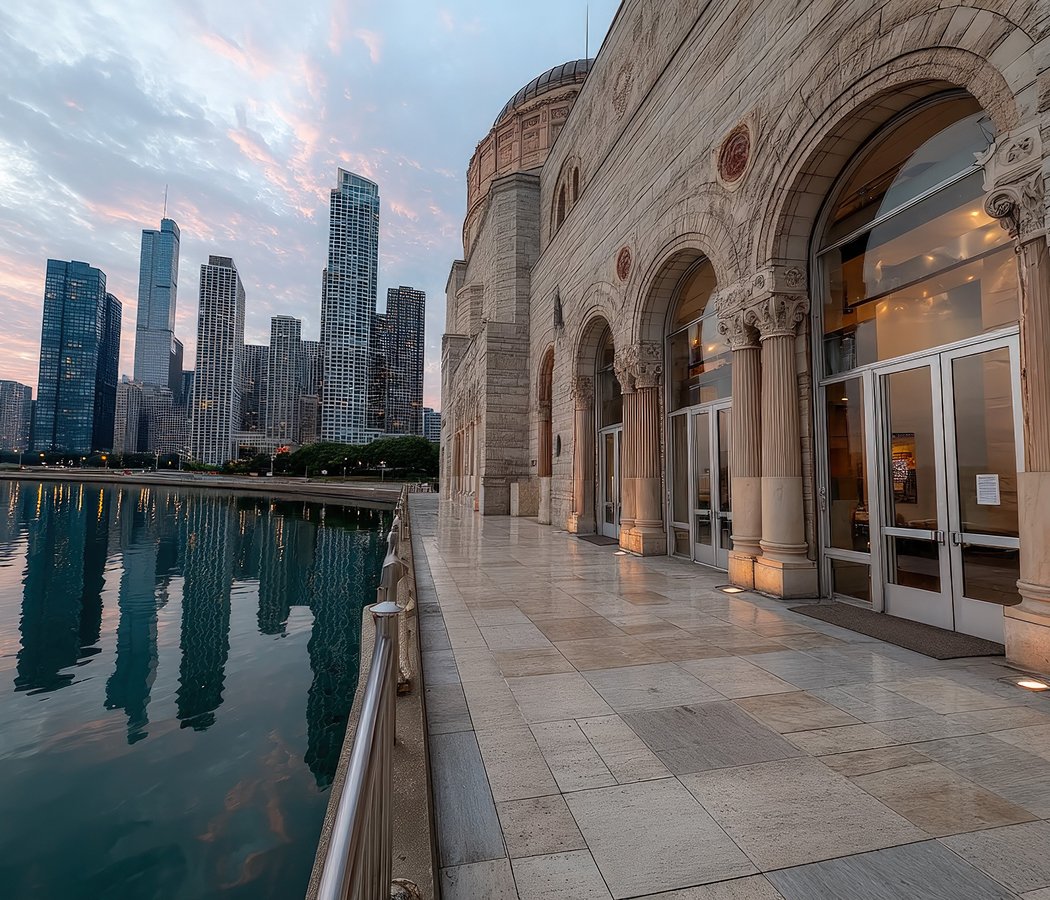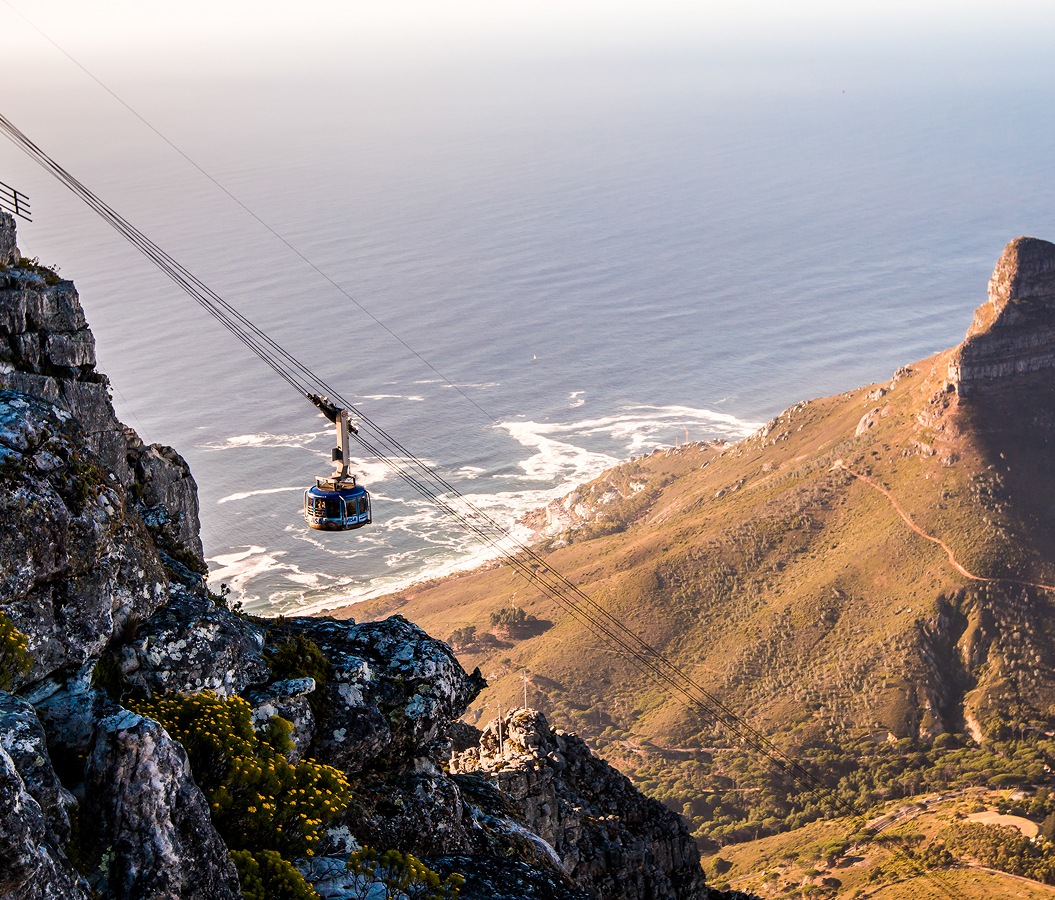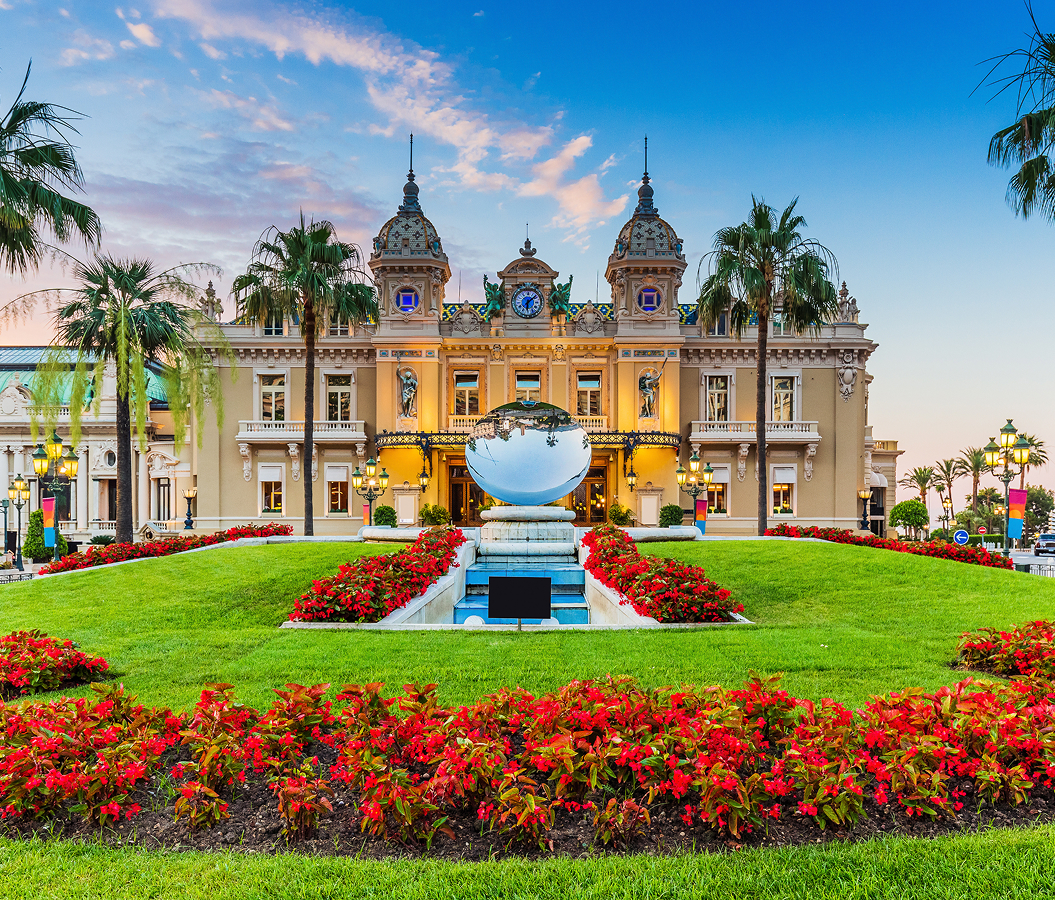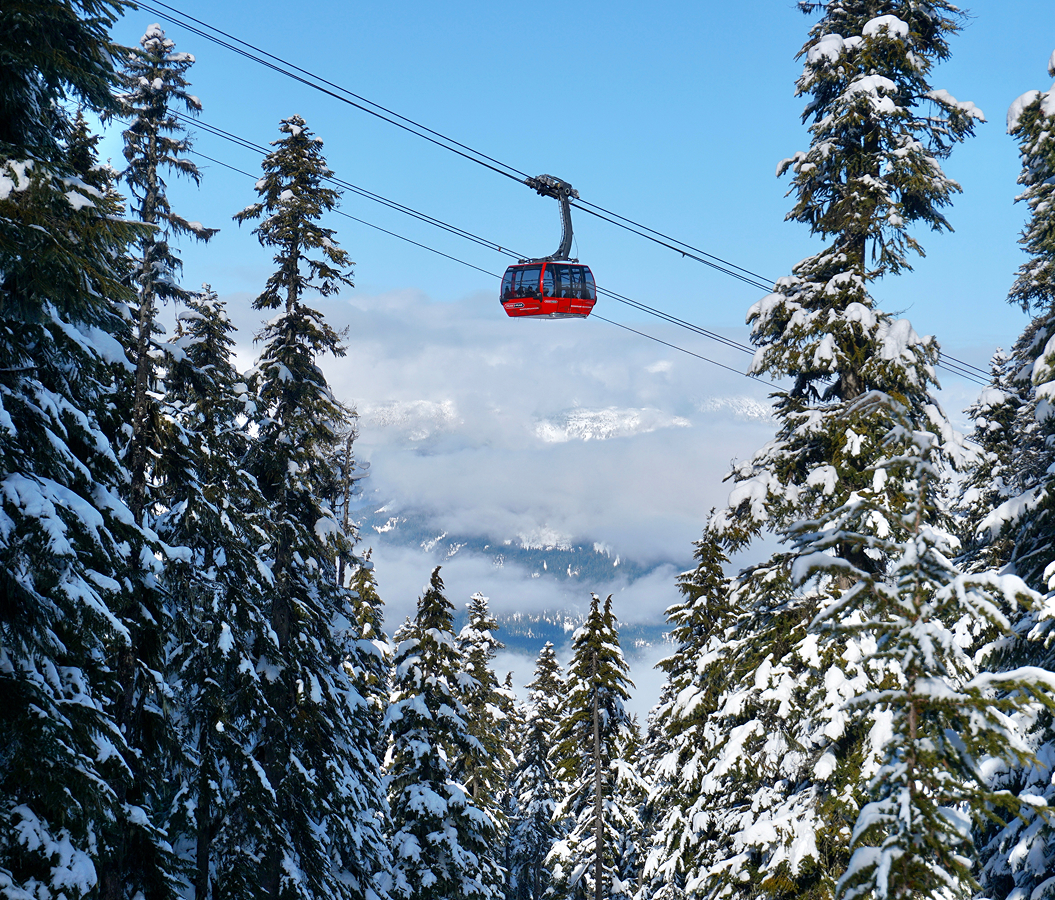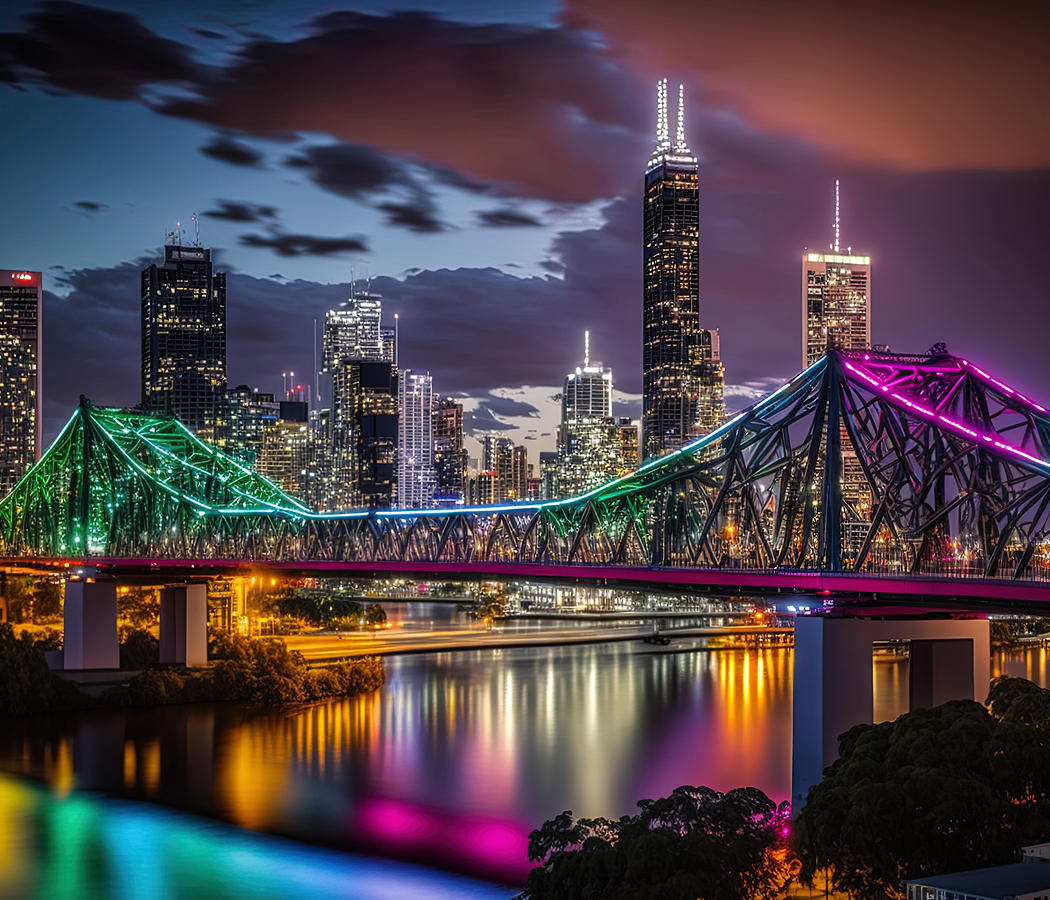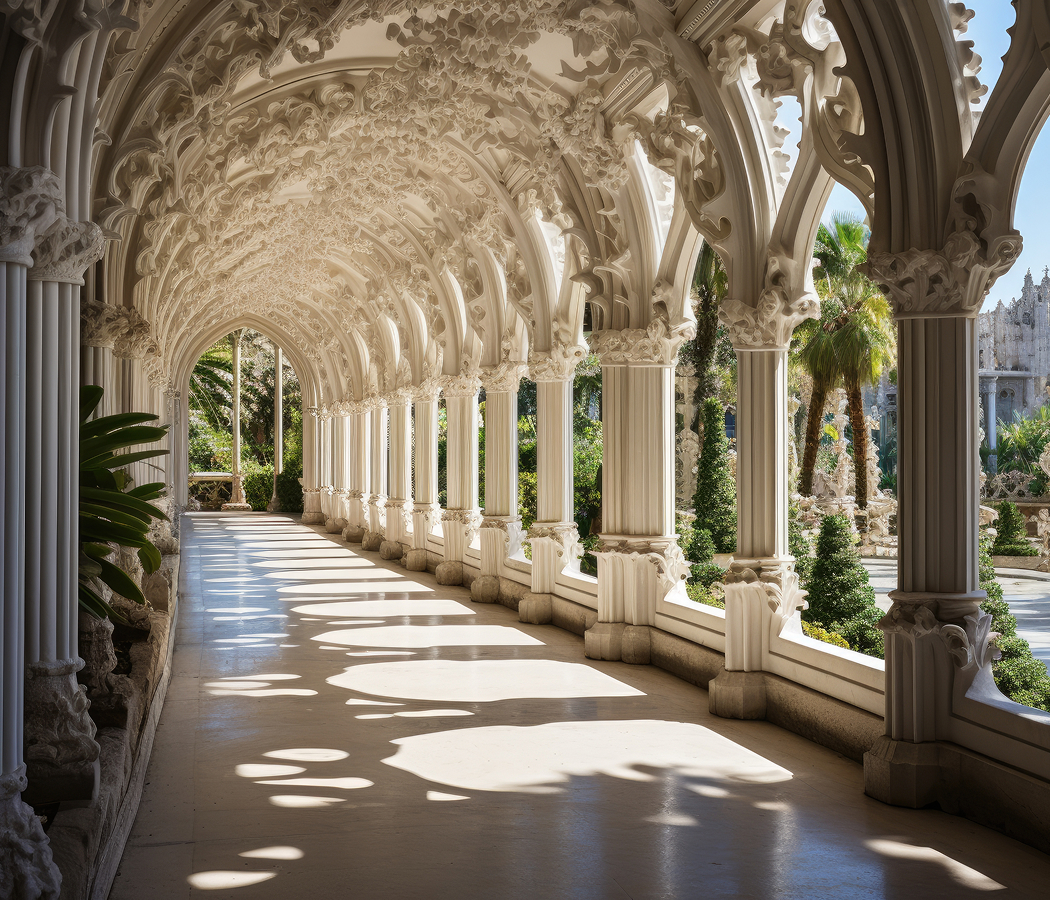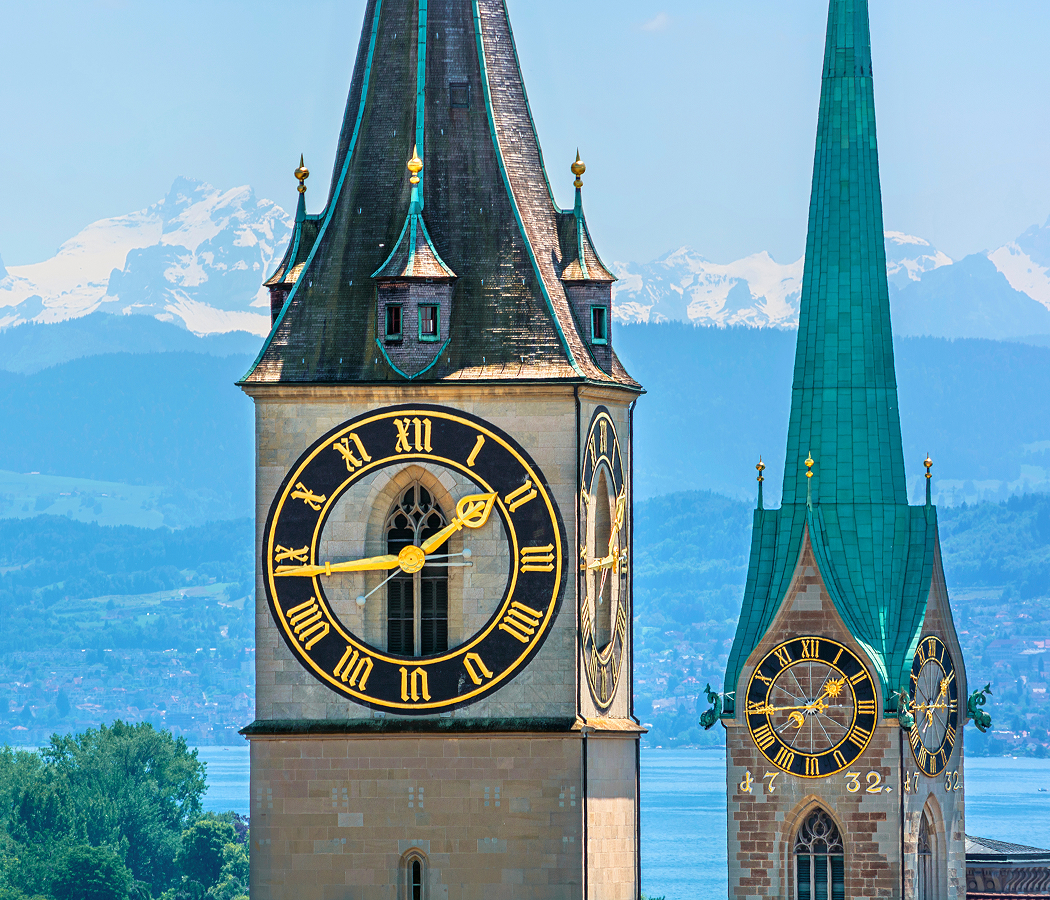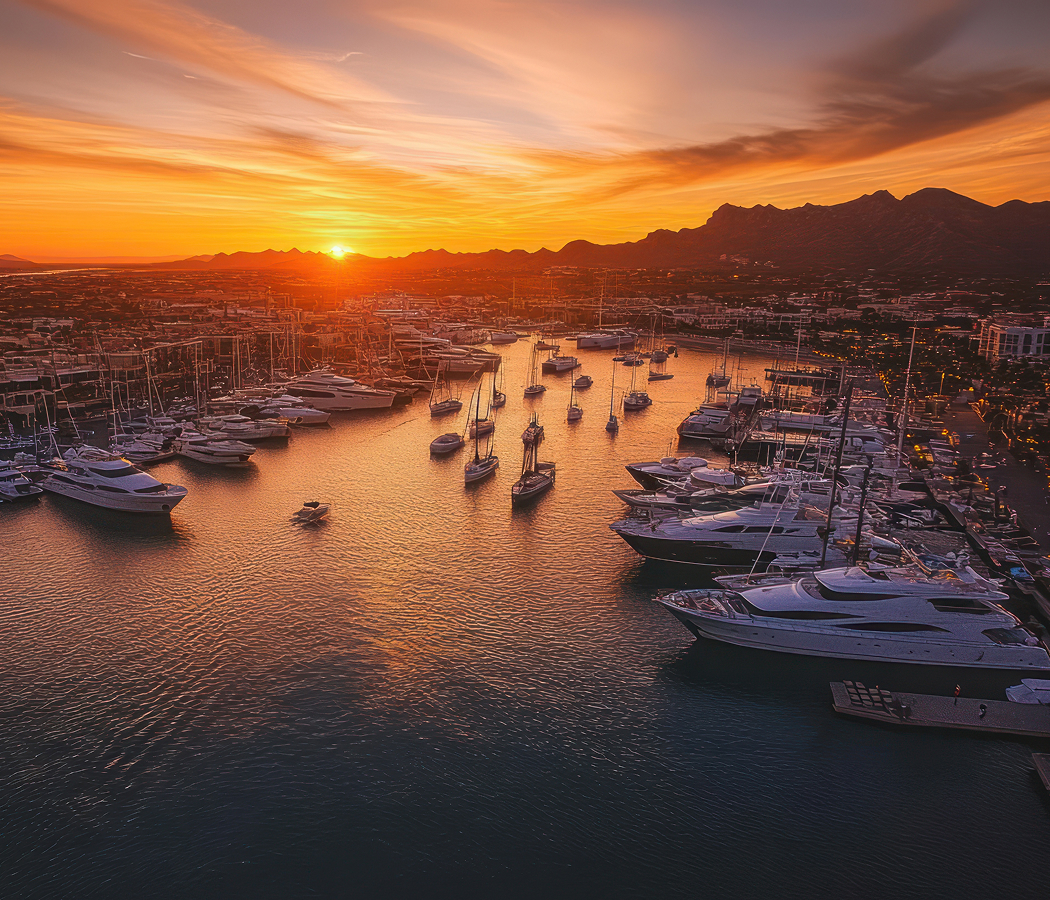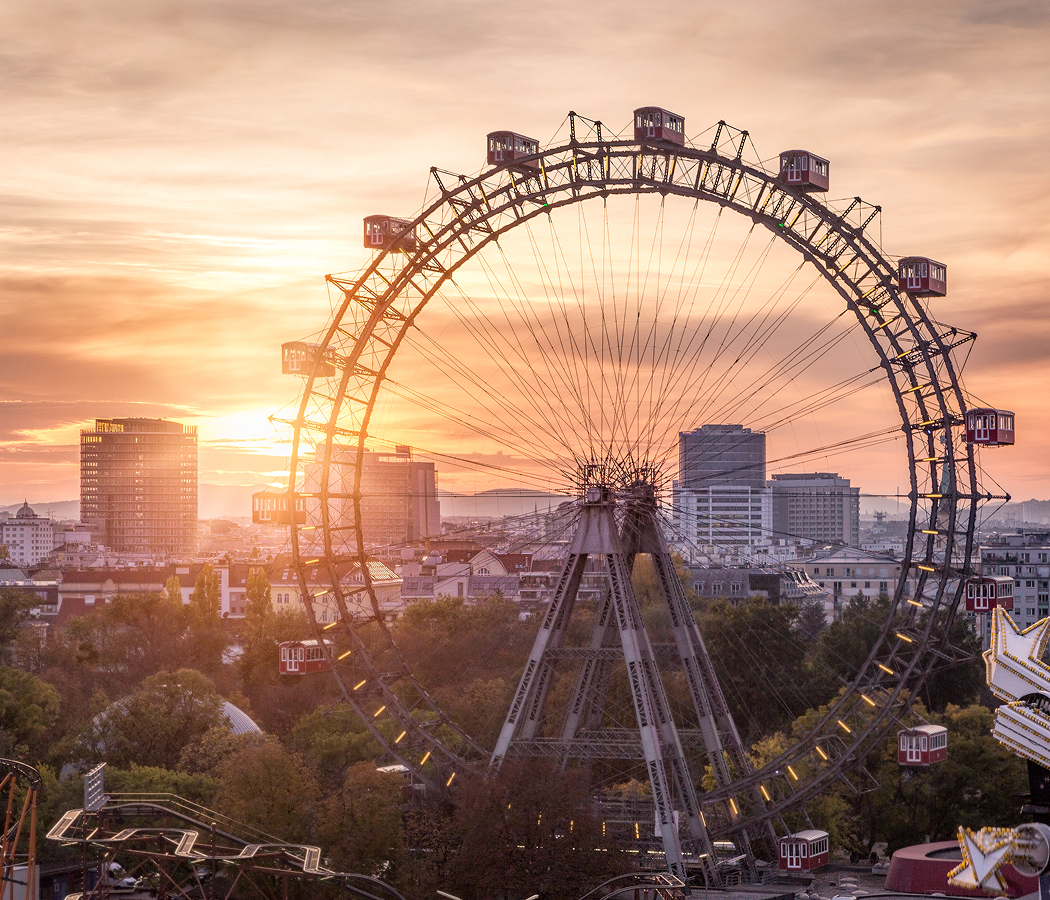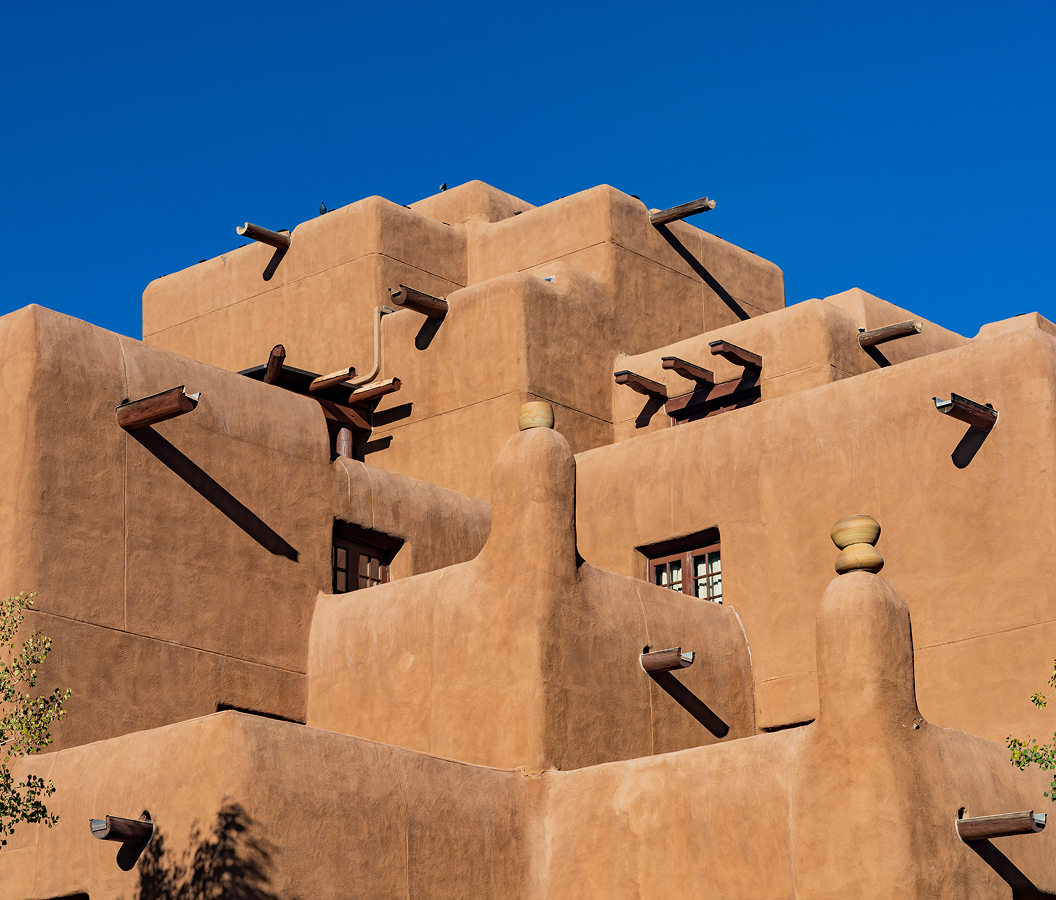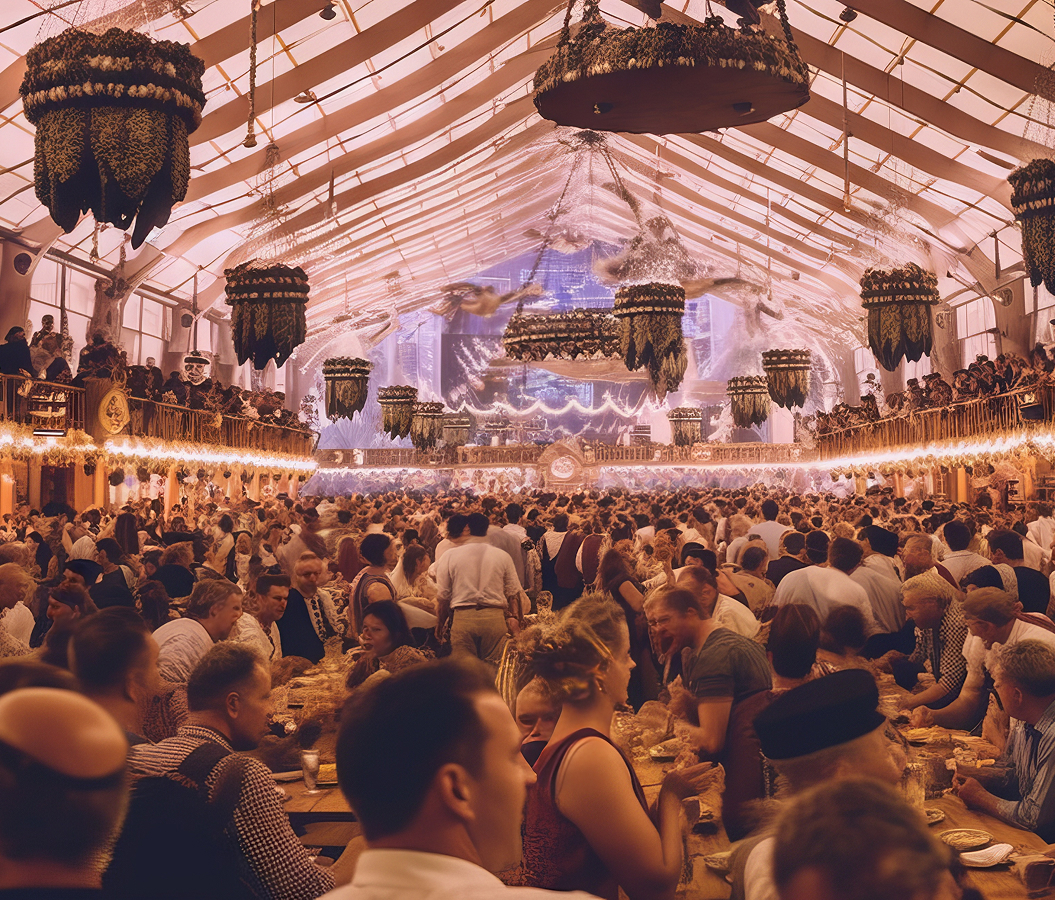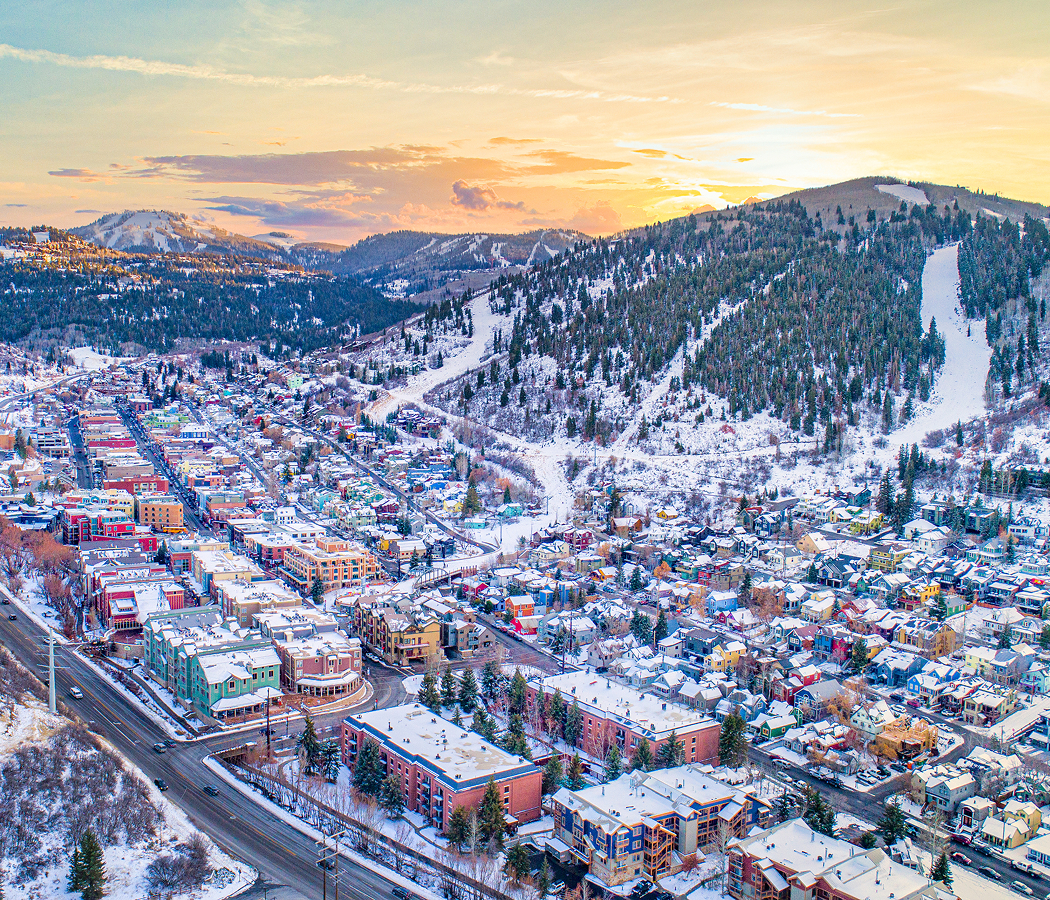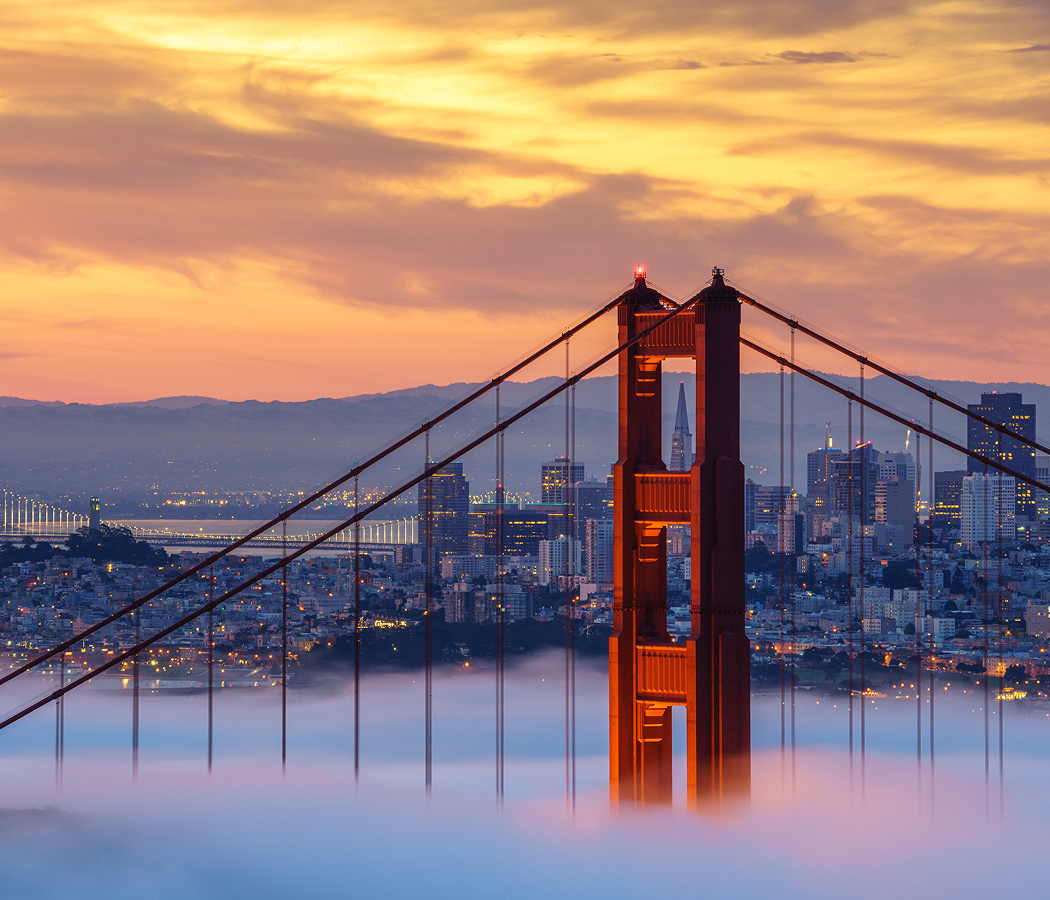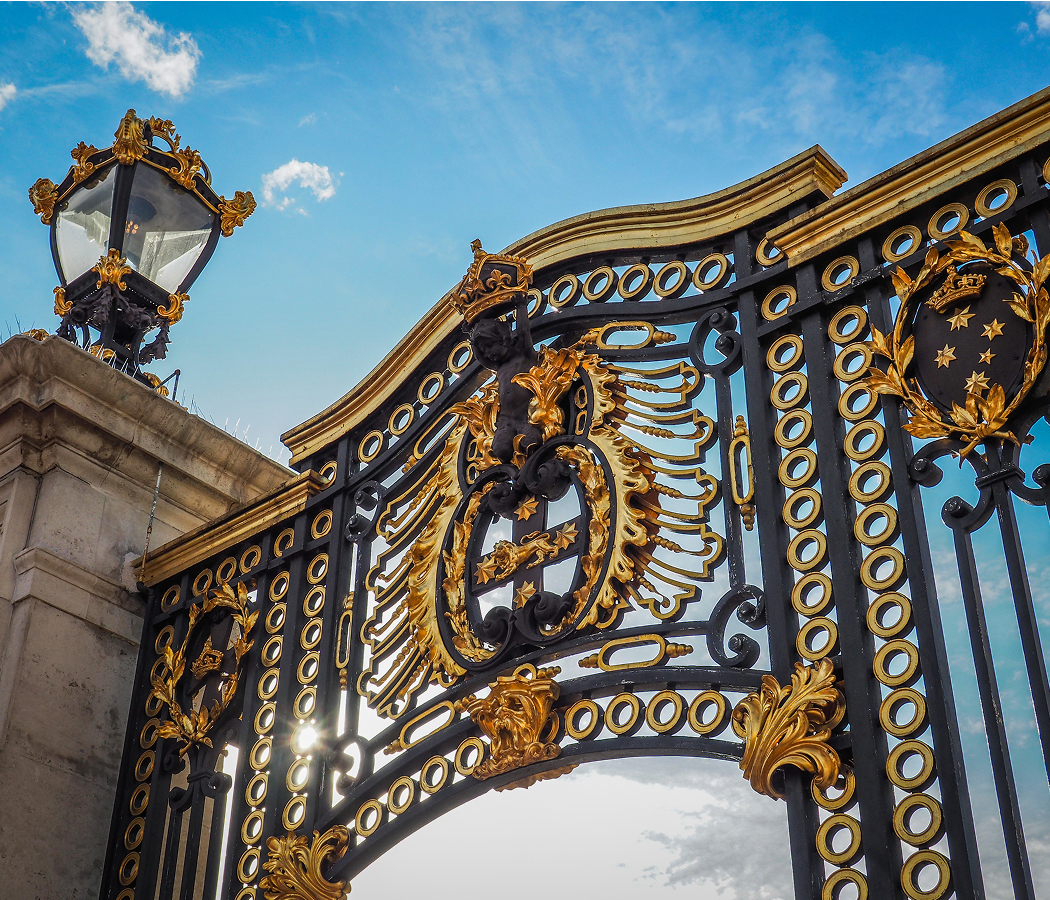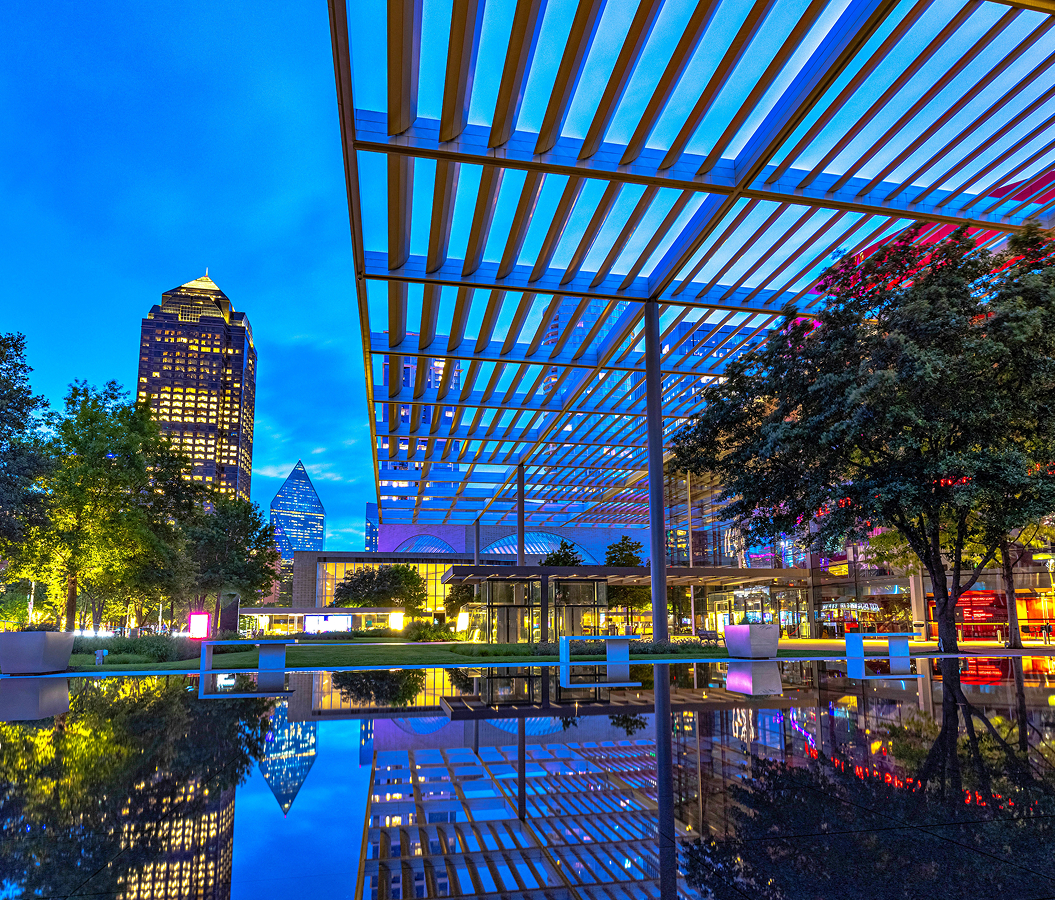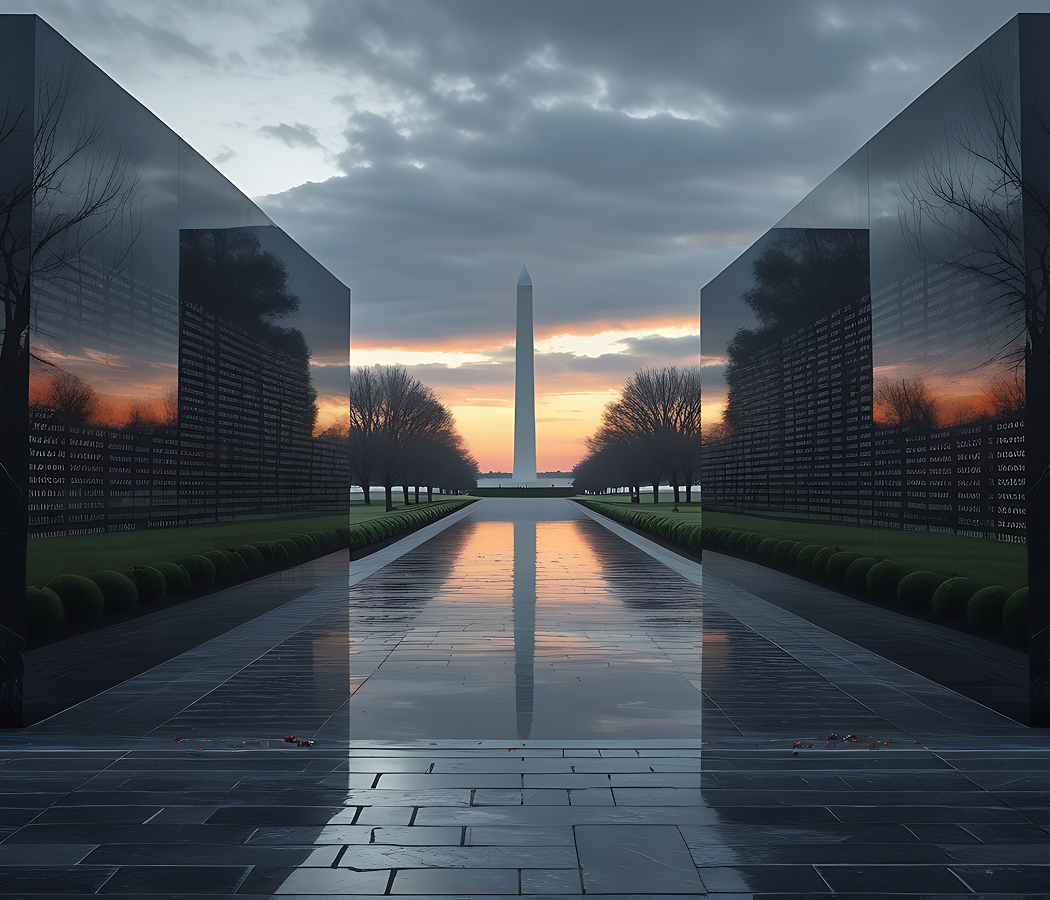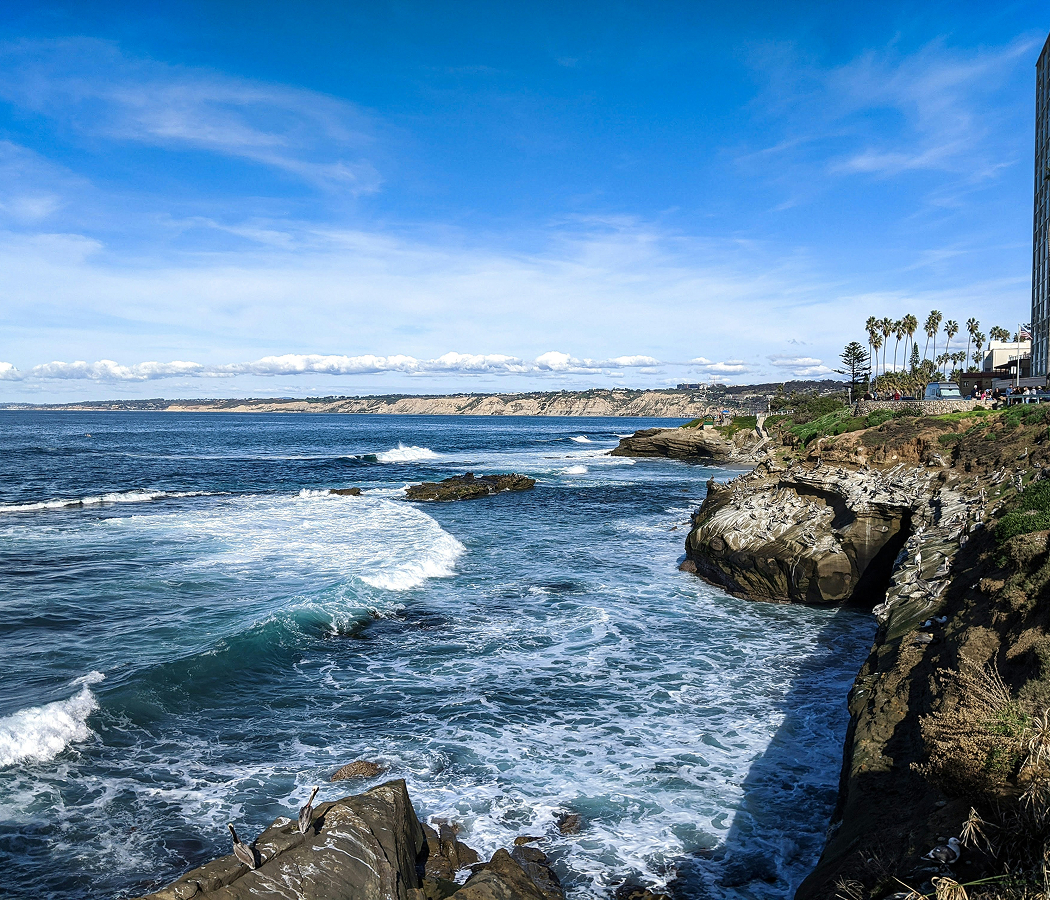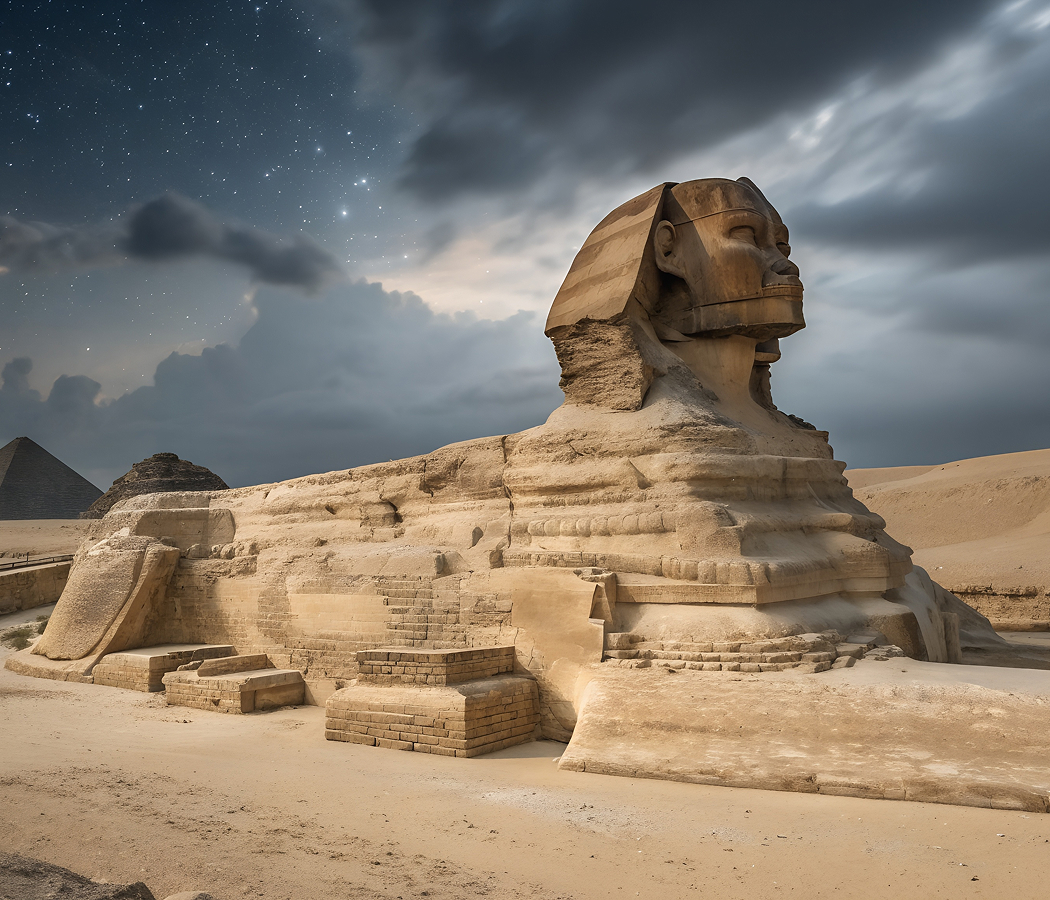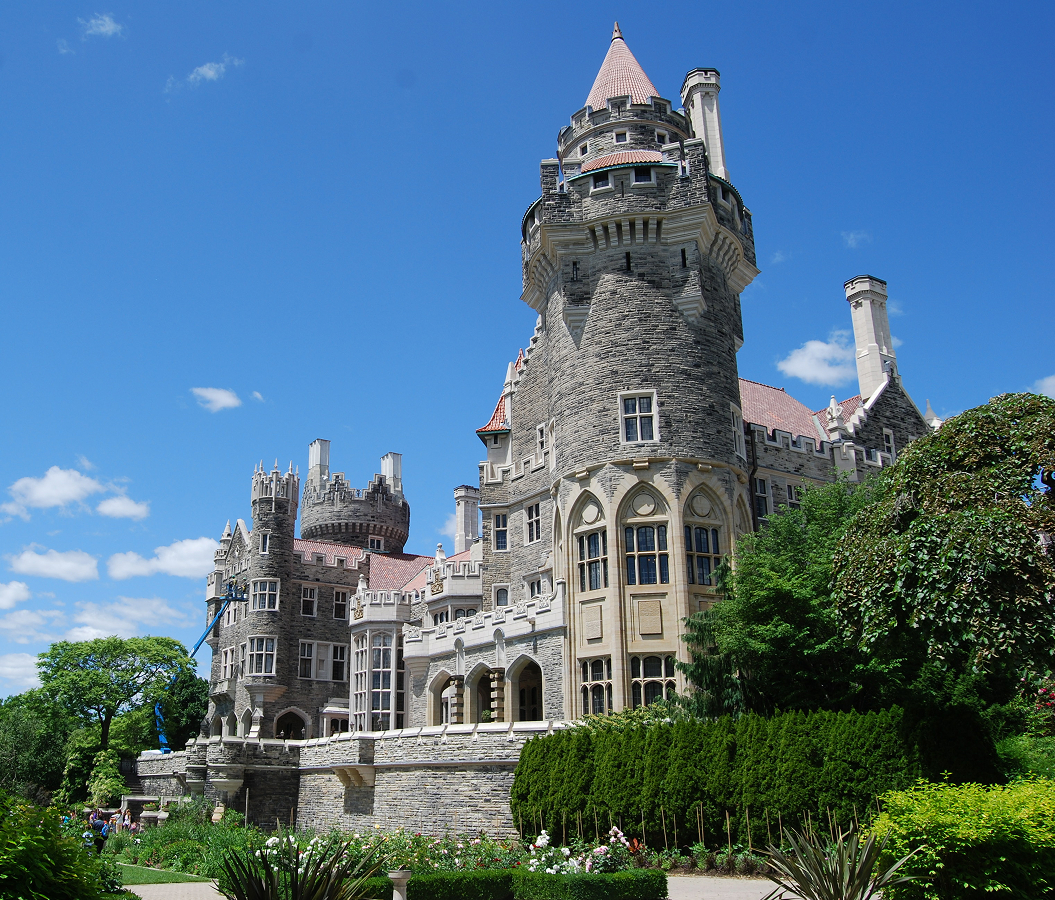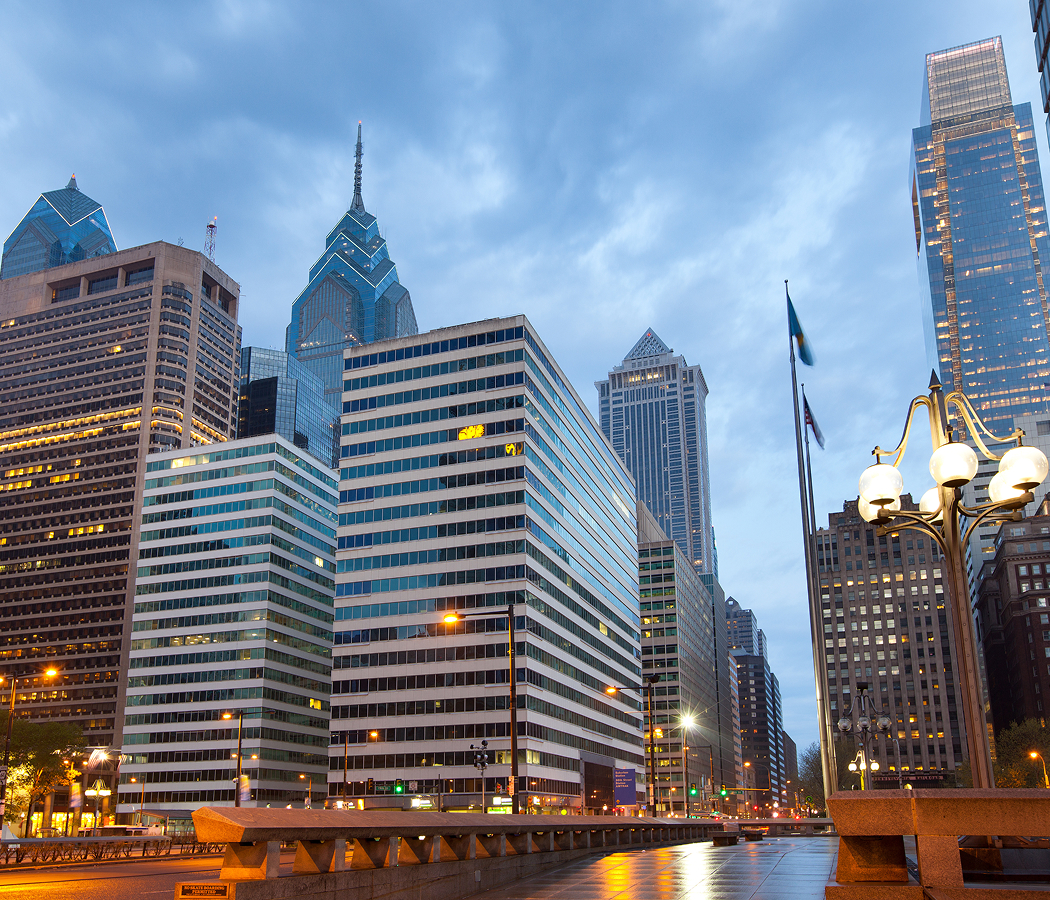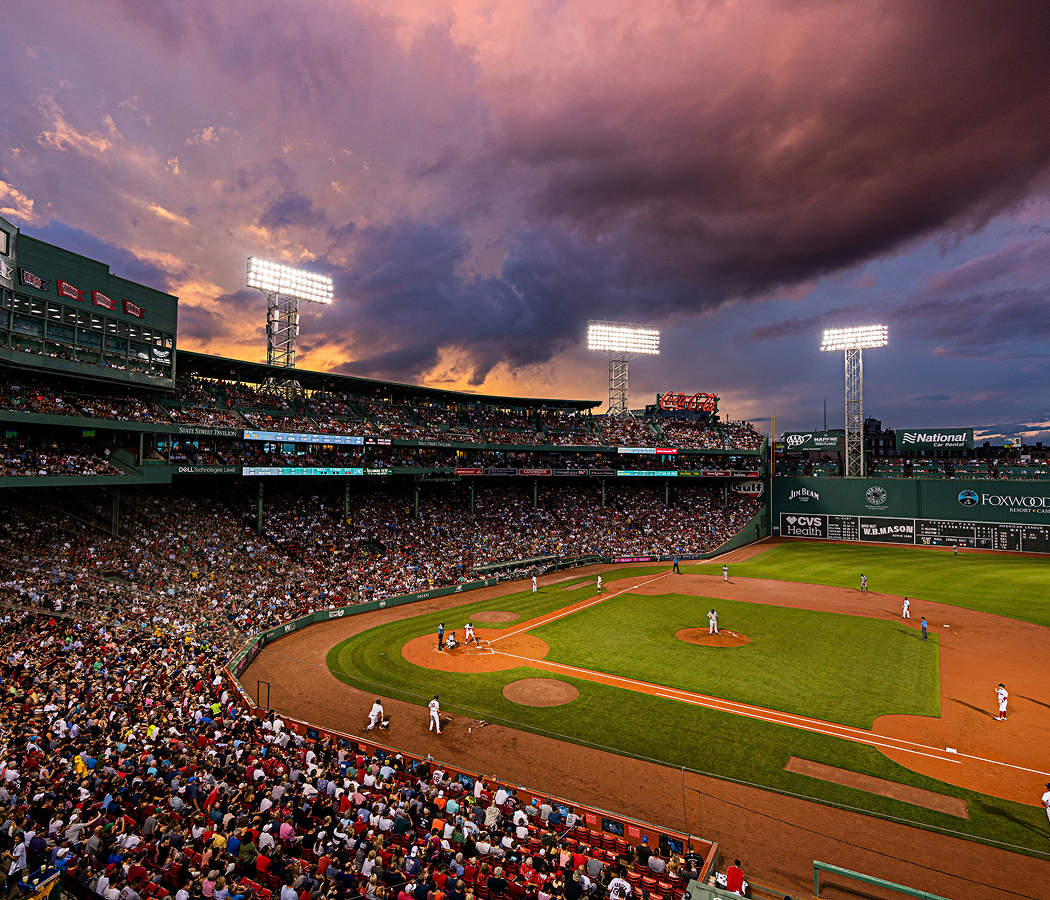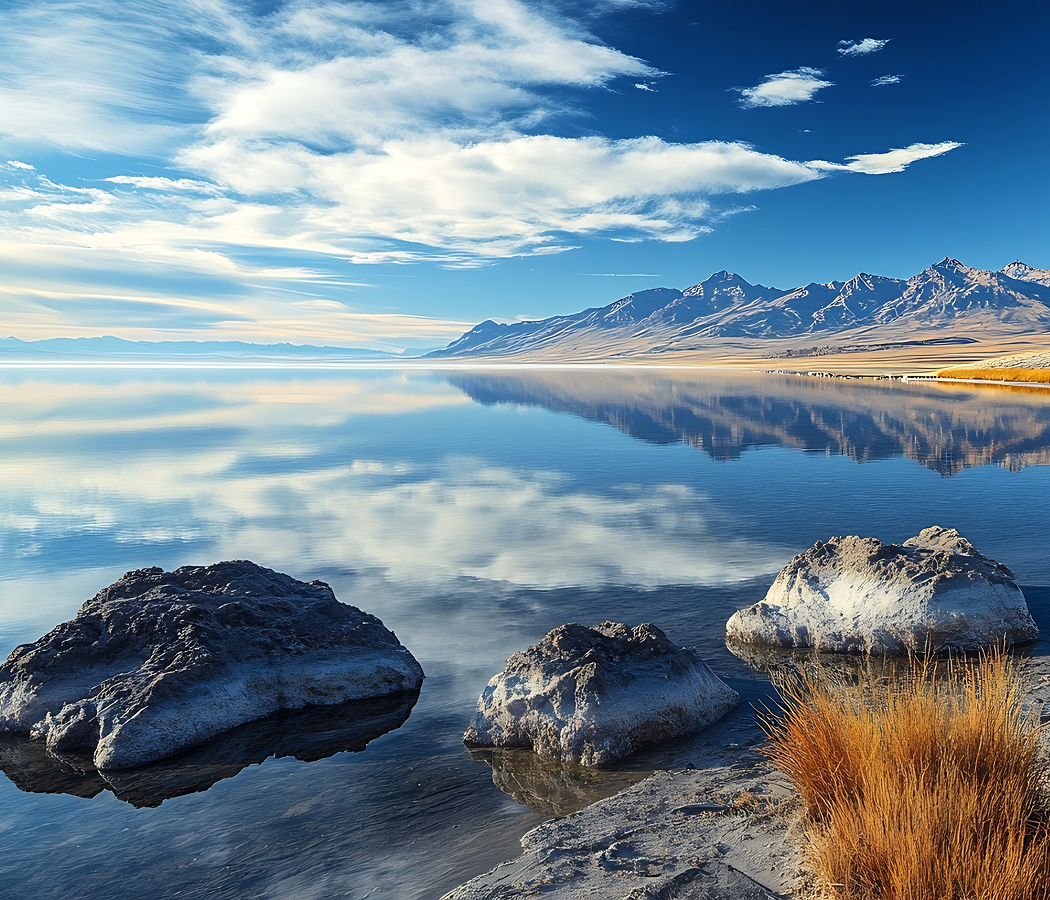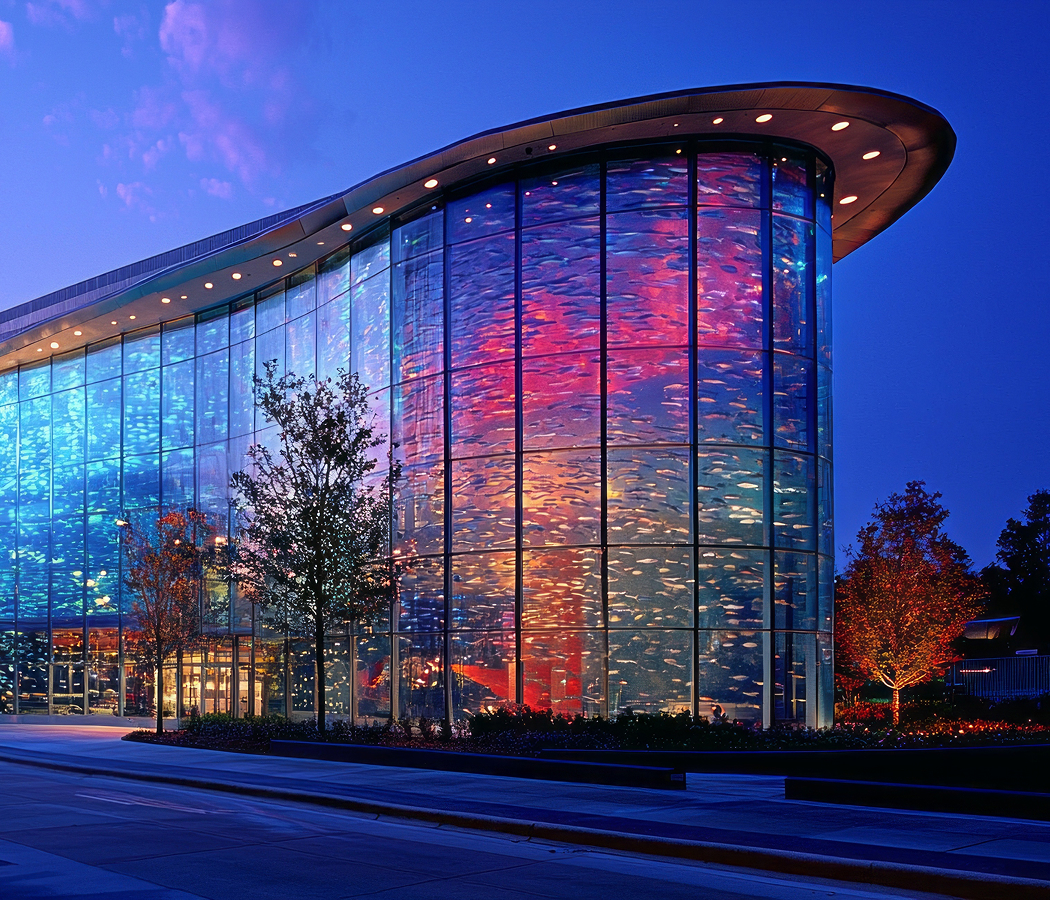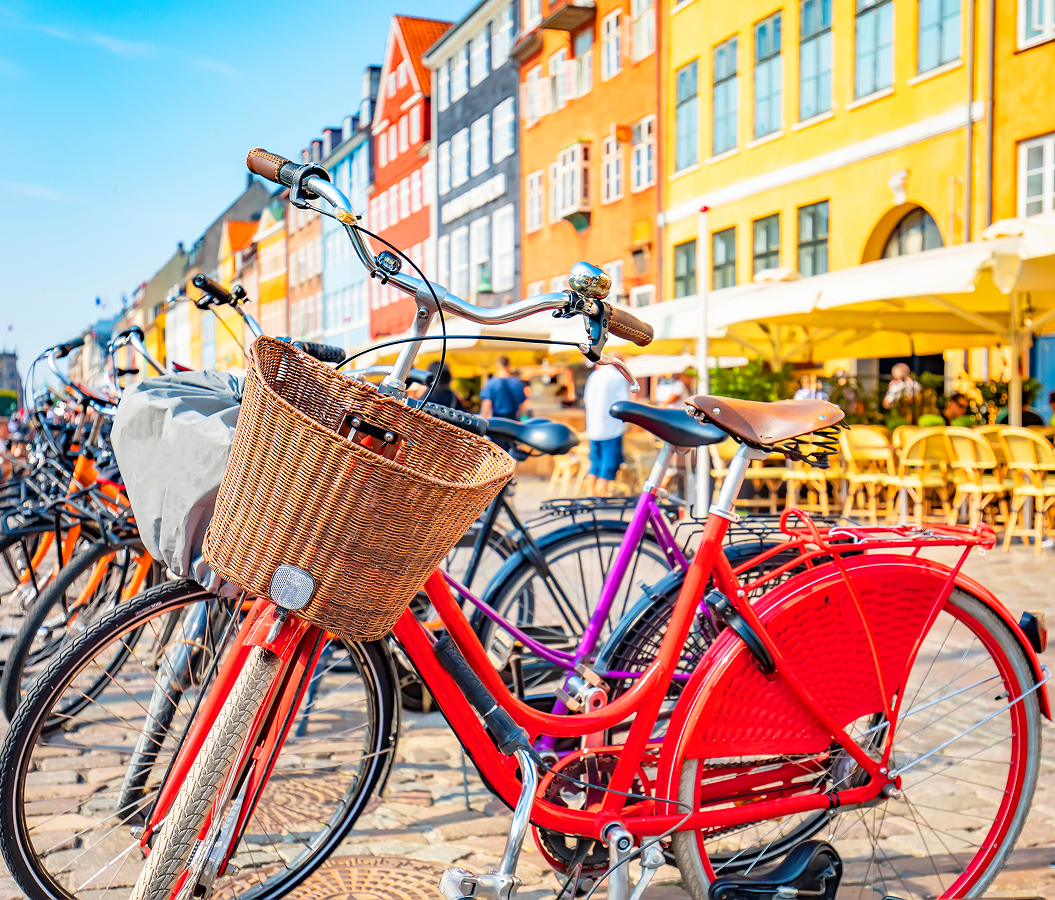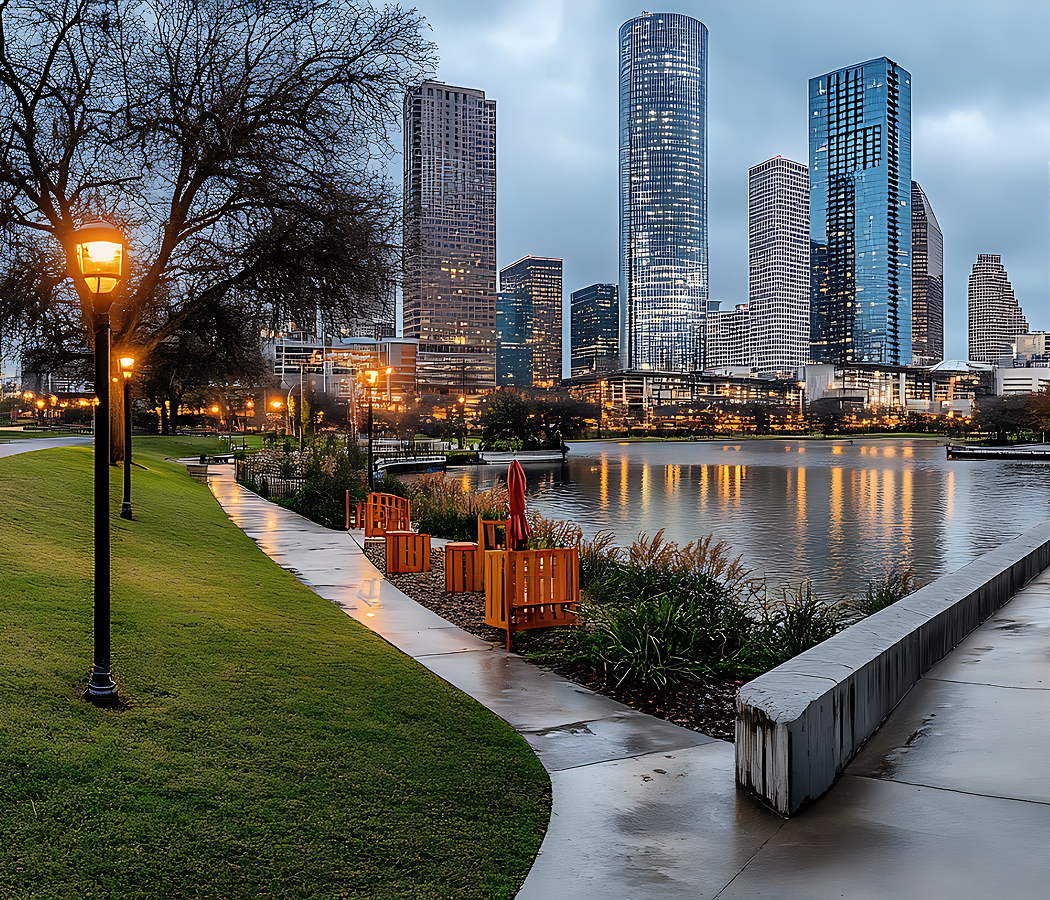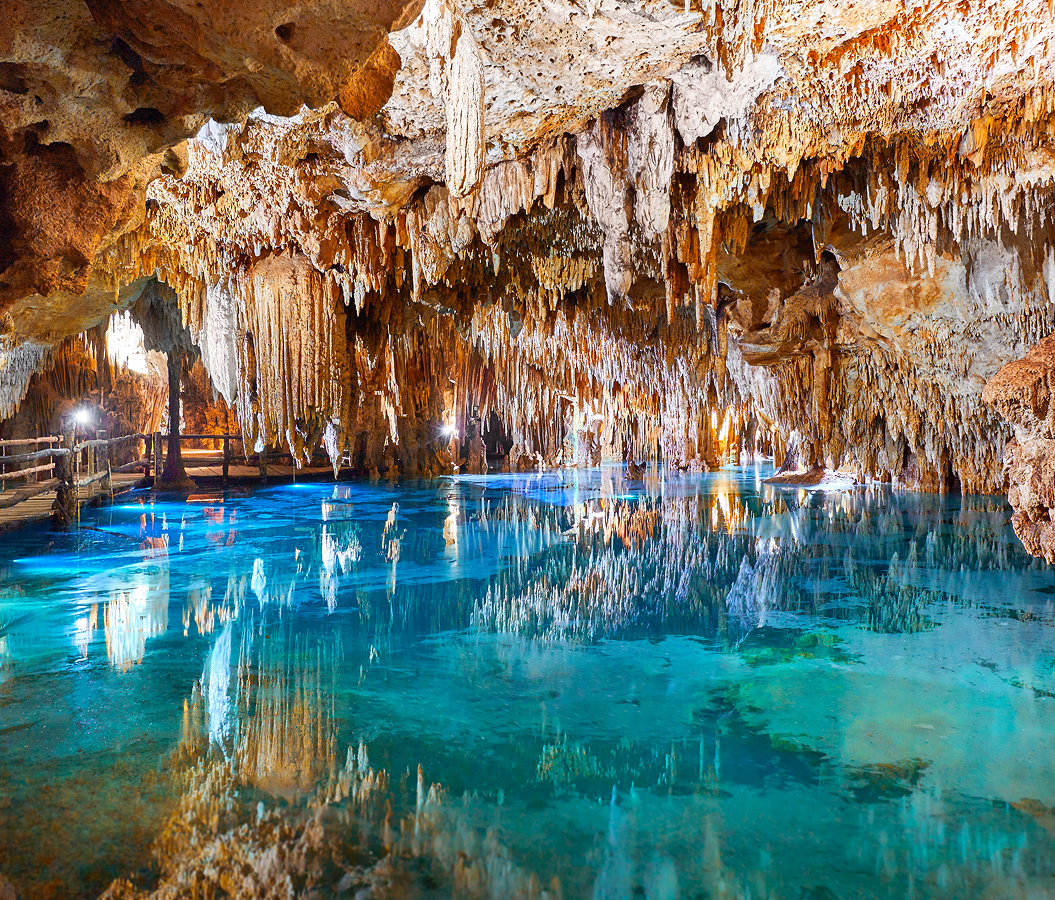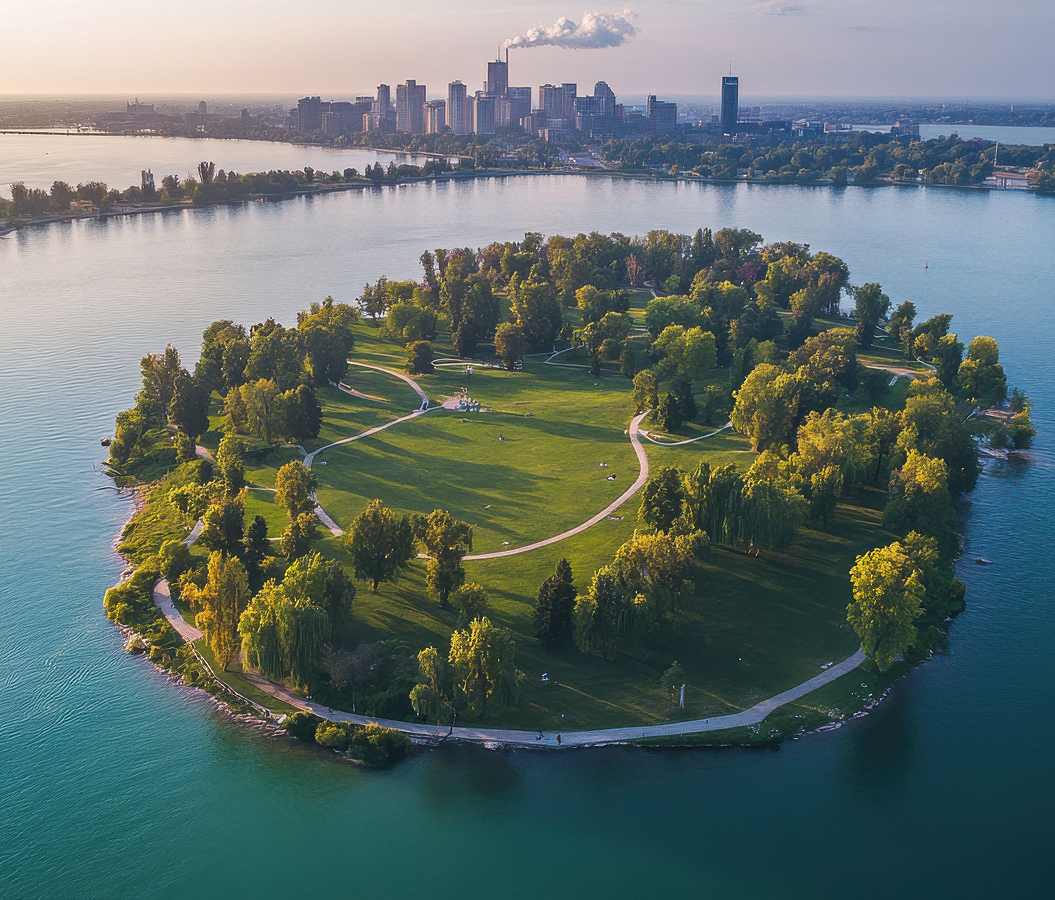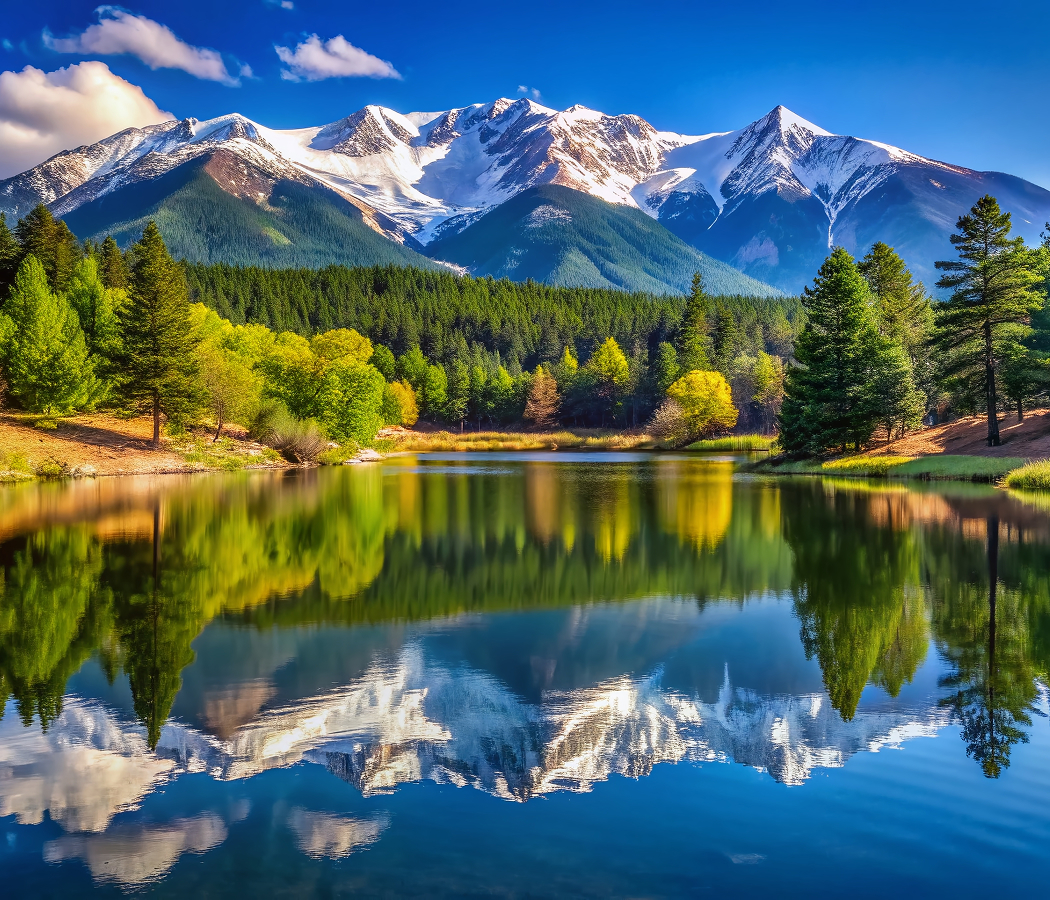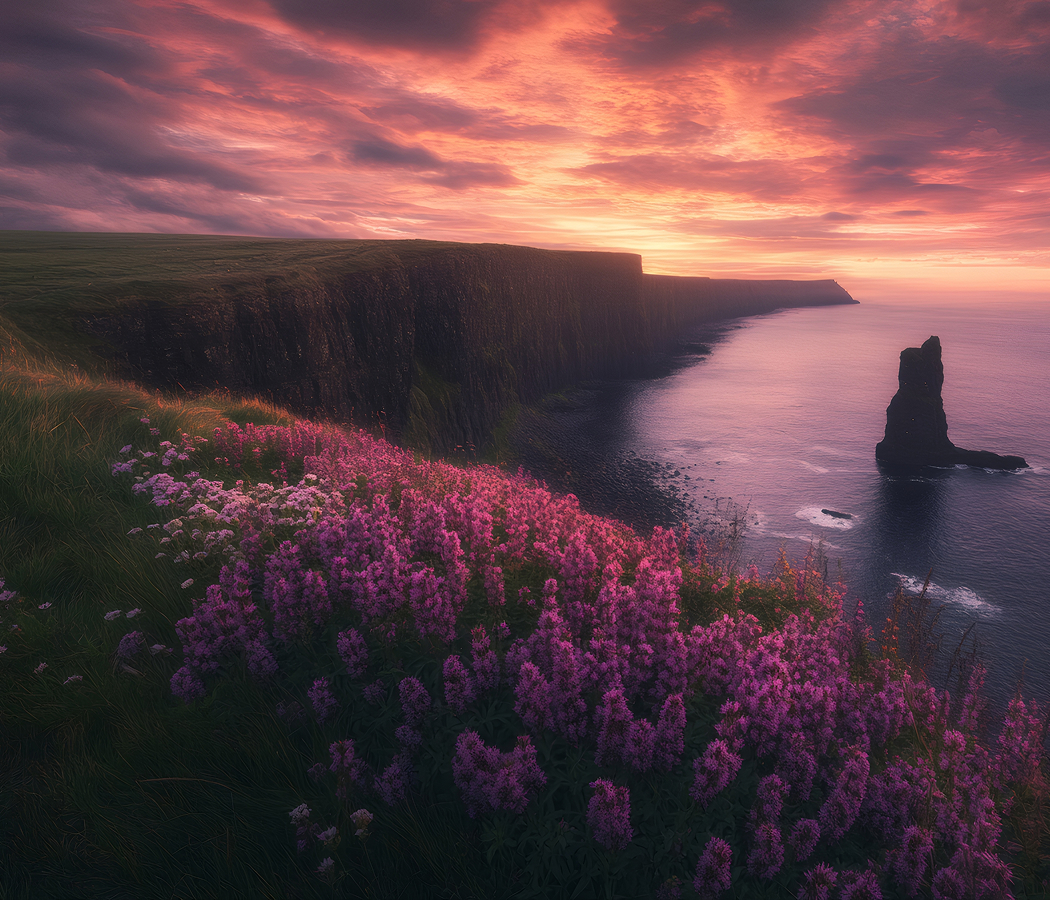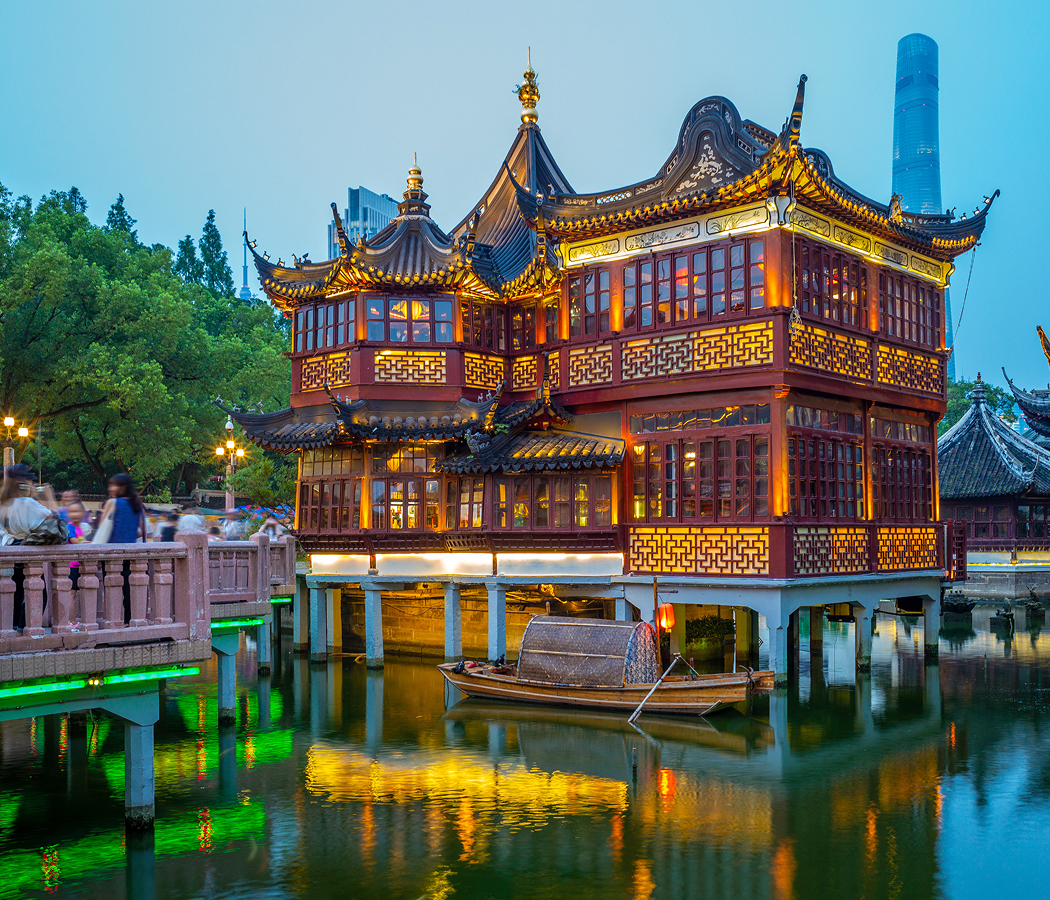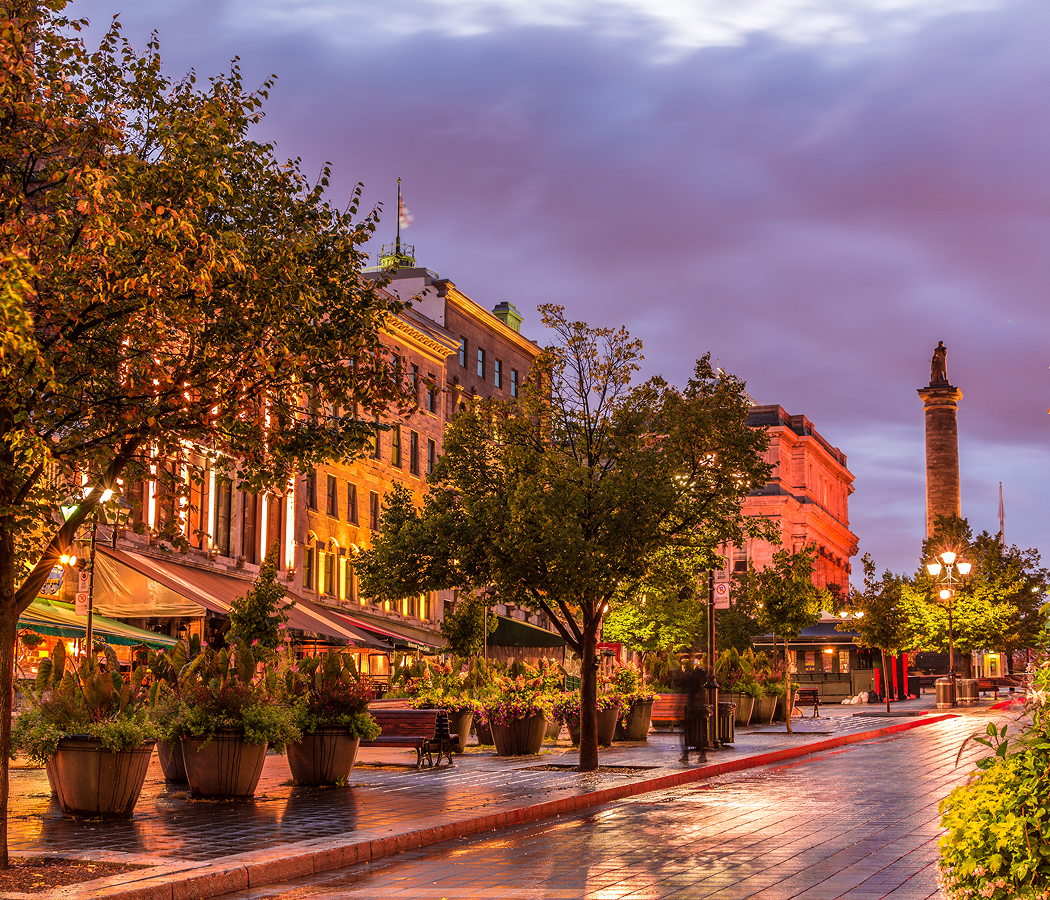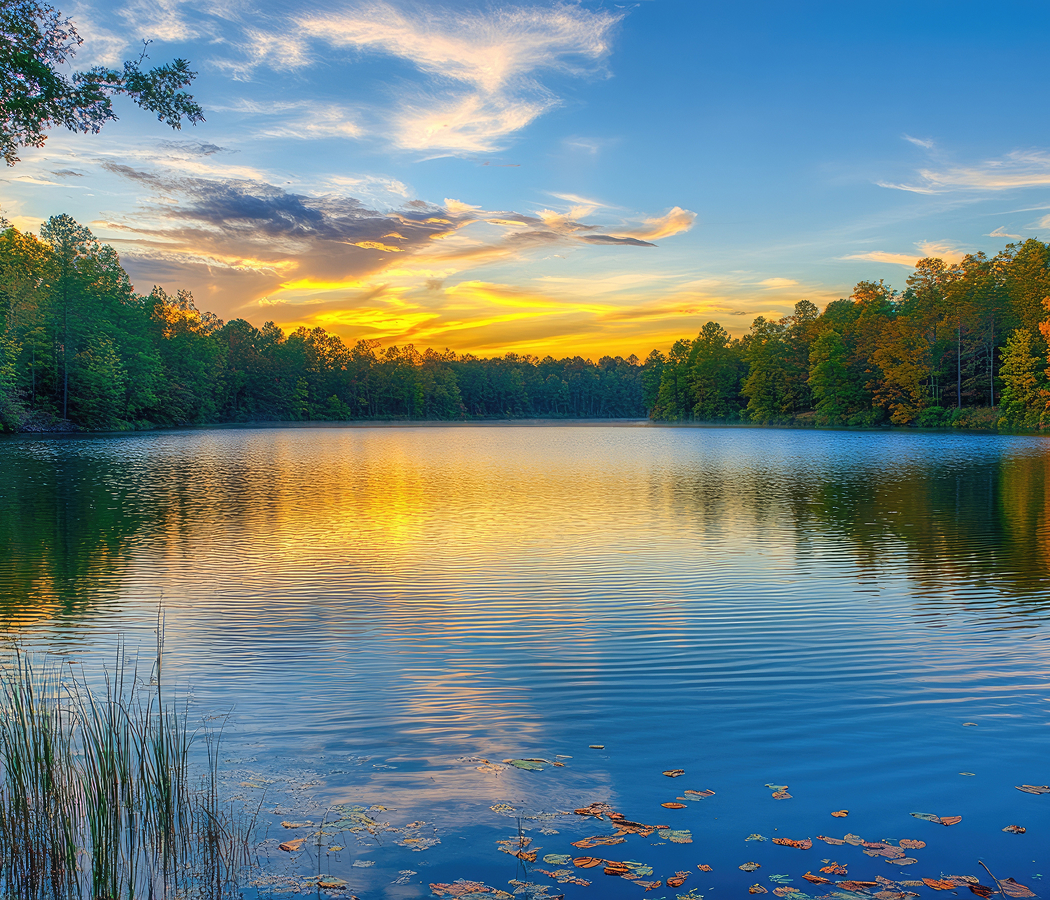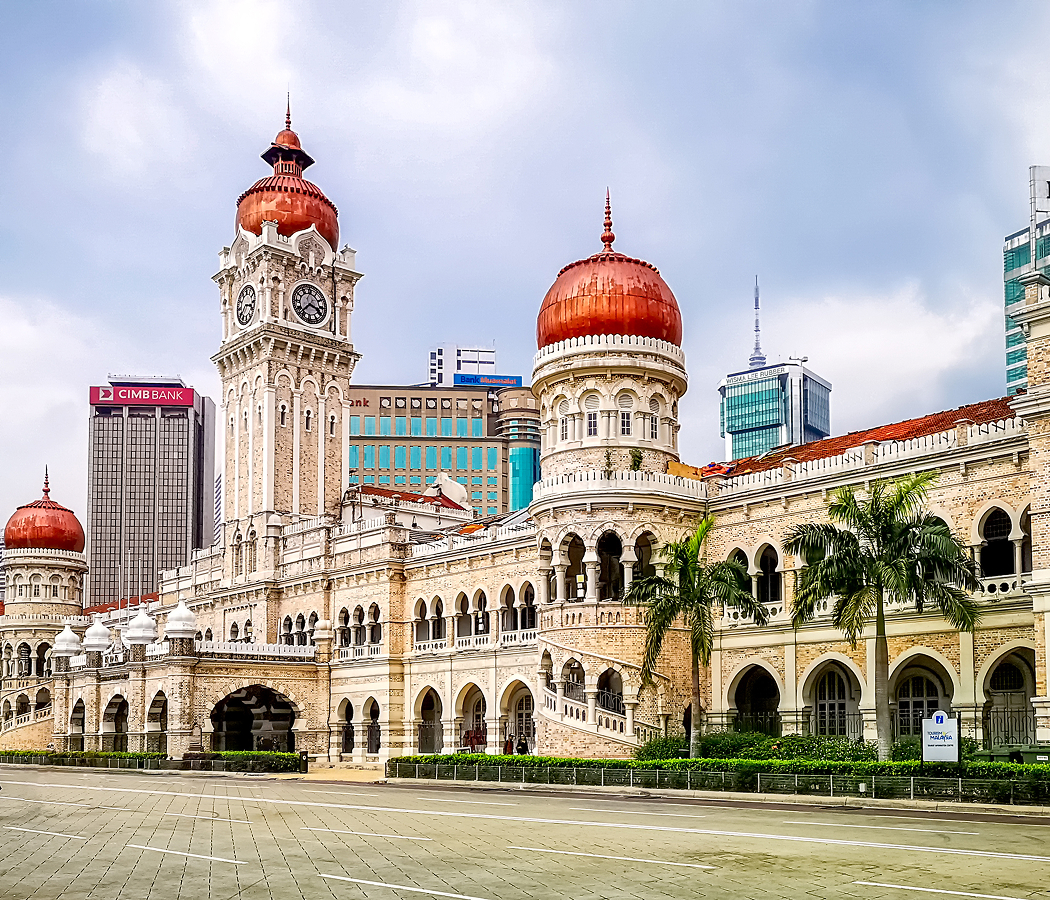
What you didn’t know about Kuala Lumpur, Malaysia.
Kuala Lumpur’s beauty isn’t just visual, it’s structural, cultural, and geological, shaped by layers of history and a landscape unlike any other in Southeast Asia.
The city sits where two rivers meet, the Klang and the Gombak, which gave KL its name (“muddy confluence”) and its early life as a tin-mining settlement before it grew into a global hub. The Petronas Towers aren’t just architectural icons; they were engineered using a unique high-strength concrete better suited to Malaysia’s tropical climate than steel structures. Beneath KL’s surface, limestone formations over 400 million years old rise into the Batu Caves, where colorful temples sit inside vast caverns. The city’s distinct neighborhoods reflect Malaysia’s cultural mosaic: Malay, Chinese, and Indian influences intertwine in everything from ingredients at hawker stalls to architectural motifs on historic shophouses. Even KL’s green canopy is remarkable, parks and pockets of rainforest have been preserved within the city limits, forming ecosystems where macaques, tropical birds, and rare plant species still thrive. KL is more than a stopover, it’s a city built on convergence: of cultures, histories, beliefs, and environments, each one adding to its unmistakable character.
Five fascinations about Kuala Lumpur.
5. “Kuala Lumpur” means “muddy confluence.”
The name comes from the meeting point of the Klang and Gombak rivers, where the city was founded. From muddy banks to megacity, the transformation is jaw-dropping.
4. It’s home to the world’s tallest twin towers.
The iconic Petronas Towers once held the title of tallest buildings on Earth, and still reign as the tallest twin towers in the world, standing 88 stories tall.
3. KL boasts one of the world’s largest shopping malls.
Berjaya Times Square isn’t just a mall, it houses over 1,000 shops and even has an indoor amusement park, making it one of Asia’s largest retail spaces.
2. There’s a Hindu temple inside a limestone cave.
Just outside KL, Batu Caves features a series of cave temples carved into limestone cliffs, guarded by a 140-foot gold statue of Lord Murugan, one of the tallest in the world.
1. Its street food is a UNESCO-recognized treasure.
KL’s vibrant hawker culture, from satay to nasi lemak, is globally recognized. In fact, Malaysia’s food heritage is being preserved by UNESCO as an intangible cultural asset.
Where meaningful travel begins.
Start your journey with Foresyte, where the planning is part of the magic.
Discover the experiences that matter most.





